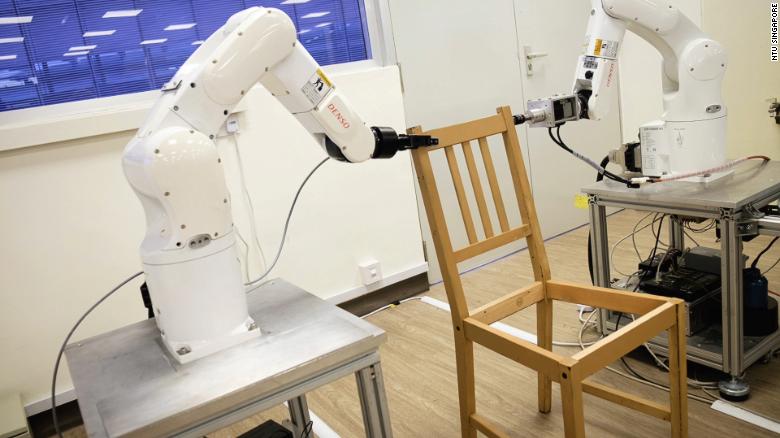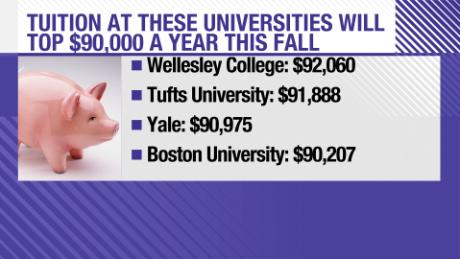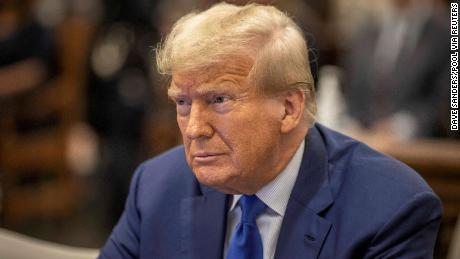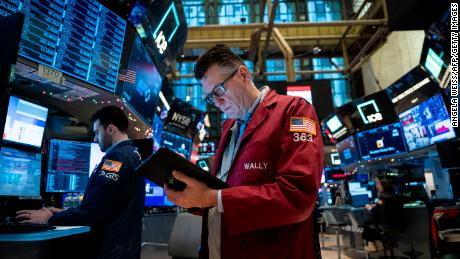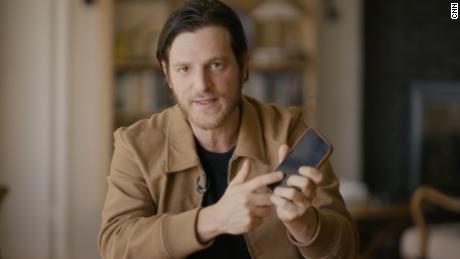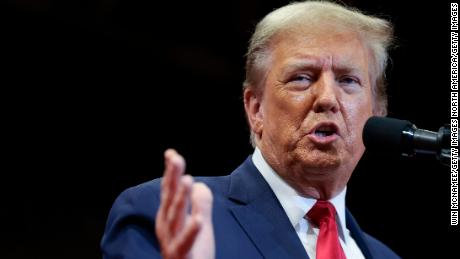New York (CNN Business)Ikea is ditching its famous Swedish meatballs and cavernous blue-and-yellow stores to crack big cities.
The company announced on Monday that it will open up a 17,530 square-foot showroom on Manhattan's Upper East Side next spring. The store highlights a different approach for Ikea, which has relied mostly on sprawling 300,000 square-foot stores where customers traverse a labyrinth of aisles full of sofas, cabinetry, appliances an knick-knacks, and can stop to refuel in the food court.
Ikea is overhauling its strategy in order to adapt to the growth of online shopping for affordable housewares and furniture. Competition from players Amazon (AMZN), Wayfair (W), Overstock.com (OSTK) has stiffened, while places like the Container Store (TCS) and Williams-Sonoma (WSM) have squeezed Ikea on smaller home decorations. Target (TGT) has also made a play for kitchen and bathroom purchases online.
Ingka Group, the Swedish holding company that owns and operates most of Ikea's stores, said last month that it would lay off about 7,500 employees -- 5% of its global workforce -- and build 30 smaller stores in major cities around the world in the next few years.
"Retail is changing as we speak," Ikea's US chief Lars Petersson told CNN Business. "Urbanization is going on very fast."
In response, Ikea has been investing in online pickup services, digital fulfillment centers, and last year it bought TaskRabbit, the online marketplace for finding gig workers. It has been adding mini stores for years too.
The Manhattan store will be targeted to New Yorkers looking for ways to maximize room in their apartments and allow them to consult with staff about designs and storage options.
"Many people want to see ideas -- to touch and feel," Petersson said.
Ikea knows it needs to develop a fresh strategy to attract younger, urban shoppers who may want to visit a store, but don't own a car or want schlep out to the outskirts of cities.
In New York, for example, Ikea already has a store in Brooklyn and three around the tri-state area. This will be Ikea's first entry into Manhattan.
"IKEA is very conscious that they have to make more effort to be where people want them to be," said Neil Saunders, managing director of GlobalData Retail. "The old big store model was very 'build it and they will come.' But that no longer applies."
Ikea is still working on designing the new "planning studio" in Manhattan and didn't share many specifics. Analysts say the concept emphasizes convenience and customer service.
The store will carry a limited assortment and won't feature restaurants. Most of the items will only be available for delivery.
Ikea is following a similar playbook to retailers such as Target, Nordstrom (JWN), Dollar General (DG), Home Depot (HD), and even Goodyear Tire (GT). These chains have slimmed down in recent years to enter population-dense areas and gain traction with new customers.
Dollar General has opened DGX, about half the size of a regular store, in Raleigh, Nashville, and Philadelphia. Goodyear opened Roll showrooms in October next to shopping centers in Washington, D.C.
Target has found success with its small-format stores near college campuses and on city street corners. It opened 30 in 2017 and plans to open about 30 more a year over the next few years.
"They really punch above their weight because of their high sales productivity," CEO Brian Cornell told analysts last month about Target's small stores. "This is allowing us to reach a guest that, in the past, we hadn't been able to serve."
However, Ikea's concept store carries challenges, according to Steve Dennis, a former executive at Sears and Neiman Marcus. When retailers cut out too much of their selection, they can compromise their brand identity, he said.
"It's a disappointment to the customers who have come to have certain expectations of what the brand stands for," he said. "The more the concept feels like a watered-down version of the real thing, the more risky this is."
Correction: A previous version of this story incorrectly stated the square footage of Ikea's Manhattan store.
